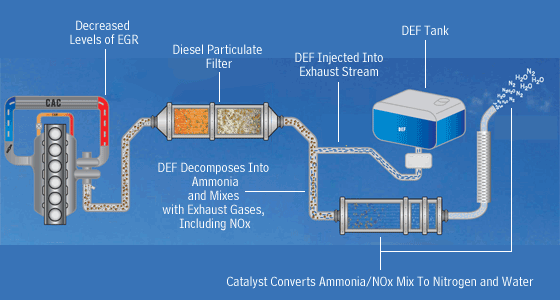For several years now I’ve heard repeatedly that the new EPA required diesel particulate filter or selective catalytic reduction systems used to meet the NOx reduction standards were not compatible with biodiesel blends over about B2 or B5. A key factor in this claim was that the high flash point of biodiesel cause a problem where it would cause dilution of the engine oil, thus leading to premature engine failures.
In the NREL report dated June 15, 2009, “Impacts of Biodiesel Fuel Blends Oil Dilution on Light-Duty Diesel Engine Operation” (http://www.nrel.gov/docs/fy09osti/44833.pdf), the report goes over in fair detail the benefits and results of using B20 biodiesel blends in modern engines that use DPF or SCR NOx reduction strategies. However, in one of the opening paragraphs, it gives away the plot:
“There is limited information related to the impact of biodiesel fuel blends on oil dilution. This paper assesses the oil dilution impacts on an engine operating in conjunction with a diesel particle filter (DPF), oxides of nitrogen (NOx) storage, a selective catalytic reduction (SCR) emission control system, and a 20% biodiesel (soy-derived) fuel blend. The main focus was on the biodiesel oil dilution levels observed during an accelerated aging protocol and an assessment of the potential impacts on the engine and emissions control systems. For the NOx storage system (which requires a late in-cylinder fuel injection for regeneration), biodiesel oil dilution levels ranged from 5%-10%. For the SCR system (which used a urea solution as a reductant and late in-cylinder fuel injection for diesel particle filter regeneration), biodiesel oil dilution ranged from <4%-8%. These observations were made over typical oil drain intervals. Despite these observed biodiesel oil dilution levels, there were no observed impacts on the performance of the engine or the emission control systems.”
This report is a key argument that higher blends are indeed compatible with even the new EPA engine requirements, and further adds to reduce harmful engine emissions by combining the benefits of biodiesel with new emissions reducing technologies such as DPF and SCR.

